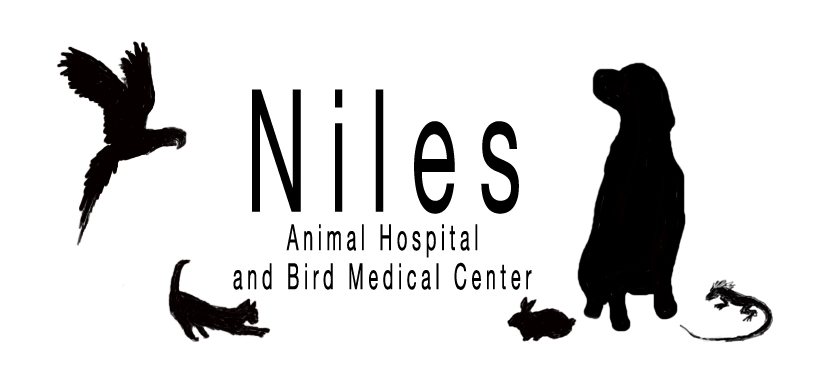Dogs with long and low body types at much higher risk for slipped discs
After examining 700 dogs – 79 of which developed slipped discs in their backs – the researchers were able to determine that having a longer and lower body shape dramatically increased dogs’ risk of slipped discs, they reported in the journal PLOS ONE.
Other risk-increasing factors included obesity and small body size, although a few breeds (Jack Russell terriers and cocker spaniels) had a higher risk even though they don’t have long and low body types, the college said on its website.
Breeding “dwarf” dogs puts their health at risk
Dwarf breeds such as dachshunds and basset hounds are bred to have long bodies and shorter legs, and the unusual cartilage in their spines tends to degenerate and harden more quickly than in dogs with non-dwarf body types. This combination of physical traits often leads to spinal injuries, and the effects are amplified even further when the dogs are small in size, researchers said.
One extreme example of this phenomenon lies in the body proportions of very long miniature dachshunds, who have backs that are two-thirds longer than their shoulder height. According to the study, these extra-long dogs are twice as likely as the shortest individuals of the same breed to slip a disc by the age of five.
Dr. Charlotte Burn, who led the study, pointed out that smaller dogs with long bodies are more likely to be injured because their bodies are ill-equipped for demanding physical tasks such as jumping down steps or into cars.
Weight problems add to the problem, researchers said, as obese dogs had triple the risk of slipped discs. They added that low-risk breeds still had a low risk of spinal injury if they were obese, but obese dogs in the high-risk breed categories were much more susceptible to slipped discs.
Rowena Parker, a researcher from the college who conducted the study, said veterinarians need to work with breeders to spare future generations of dogs from painful spinal problems that sometimes even lead to euthanasia.
“We regularly see some of the longest dogs come into the hospital for their first, second, or even third slipped disc,” Parker said. “Unfortunately, this disorder is so common in some of the longest breeds, that it could almost be regarded as ‘normal,’ however breeders and vets should not become desensitized to this serious condition, and must work together to reduce its occurrence as it causes huge distress for both the dog and owner.”
